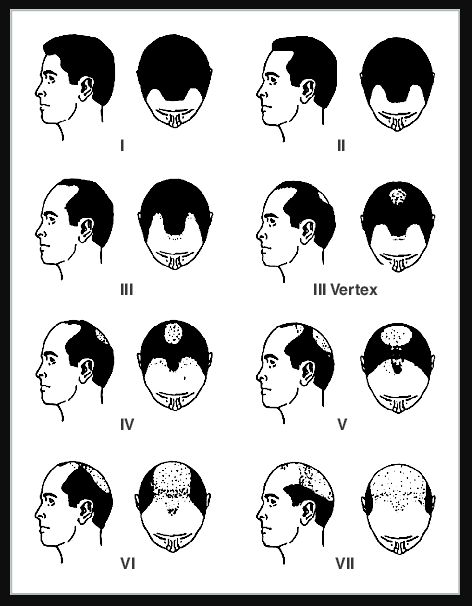How Many “Grafts” do I Need for my Hair Transplant?

One of the most common questions we are asked during a consultation is: “How many grafts do I need for my hair transplant?” This is a very reasonable question. After confirming that a patient is suffering from genetic patterned hair loss and CAN undergo hair transplant surgery, it is natural to wonder how many grafts are needed to treat the thin or balding regions. If it is such a common question, it must have a very simple and straightforward answer — right? Shouldn’t there be a simple “calculation” or “tool” we can use to mathematically determine the number of grafts a patient requires? It certainly seems that way. Like most issues in medicine and surgery, however, it’s just not that simple.
Online Graft Estimates or “Graft Calculators”
Those reading this blog post may be thinking to themselves: “I know I have seen ‘graft calculators’ or charts with graft number estimates online.” And you would be correct; there are many different calculators and charts available online to “estimate” the number of grafts you “need” for your hair transplant. While these can be helpful and provide a very rough estimate, they are oftentimes far too simplified. Most, if not all, of these estimating devices simply use the widely accepted “Norwood Hamilton” hair loss scale to assign graft numbers. This means only your level and pattern of hair loss is used to determine how many grafts you need. If you are a Norwood Level II, for example, a calculator will say you need “X” number of grafts without evaluating any other data. It’s as simple as: “X” level of hair loss, “Y” number of grafts needed. Again, it may somewhat helpful in the beginning of your research or interesting information; however, this level of assessment is too basic.
Why aren’t Online Graft “Estimates” Accurate?
So, why aren’t online graft “calculators” good enough? It seems pretty straightforward. The reason why simply estimating graft number based upon level of hair loss is NOT good enough is because it takes no other physiological or anatomical characteristics into account. Are we really supposed to believe that a Norwood Level II patient with fine, blonde hair requires the same number of grafts as a Norwood Level II patient with dark, coarse hair? What about a patient with pale skin-tones, dark hair, and a high contrast between skin and hair color? Do we really believe he needs the same amount of grafts as a patient with tanner skin-tones and a much lighter, less stark contrast? Of course not! All of these additional variables play heavily into how many grafts a patient may need. Patients with dark, coarse hairs and tanner skin tones (less contrast between skin color and hair color) will likely get the same amount of density and coverage with fewer grafts compared to a patient with finer hair or a higher color contrast between skin and hair tones. This patient will likely need the grafts “packed-in” a little tighter for the same results. Other factors that contribute to graft numbers include: transplanted hairline height and shape; whether or not temporal/”corner” work is required; density of surrounding hair; history of prior transplants; overall patient goals; size of head; overall patient and scalp health; and donor availability — just to name a few.
So, how can I get an Accurate Estimate?
With so many variables to take into account, the only way to truly determine how many grafts you need for your hair transplant is to meet with a qualified hair restoration physician. Online consultations are great, but an in-person evaluation is ideal if possible. An experienced physician with a body of work to back it up will be able to evaluate your entire situation, take all variables into account, and recommend a number of grafts for your specific case. No two patients are the same, so there is no “one size fits all” graft number estimate. And while using online tools to get a rough idea of graft number may be somewhat useful, you really need an experienced doctor to evaluate and provide a considered assessment. Remember that the donor area is finite and you only have so many grafts available for surgery; make sure you use each one carefully!
________
Feller & Bloxham Medical, PC





